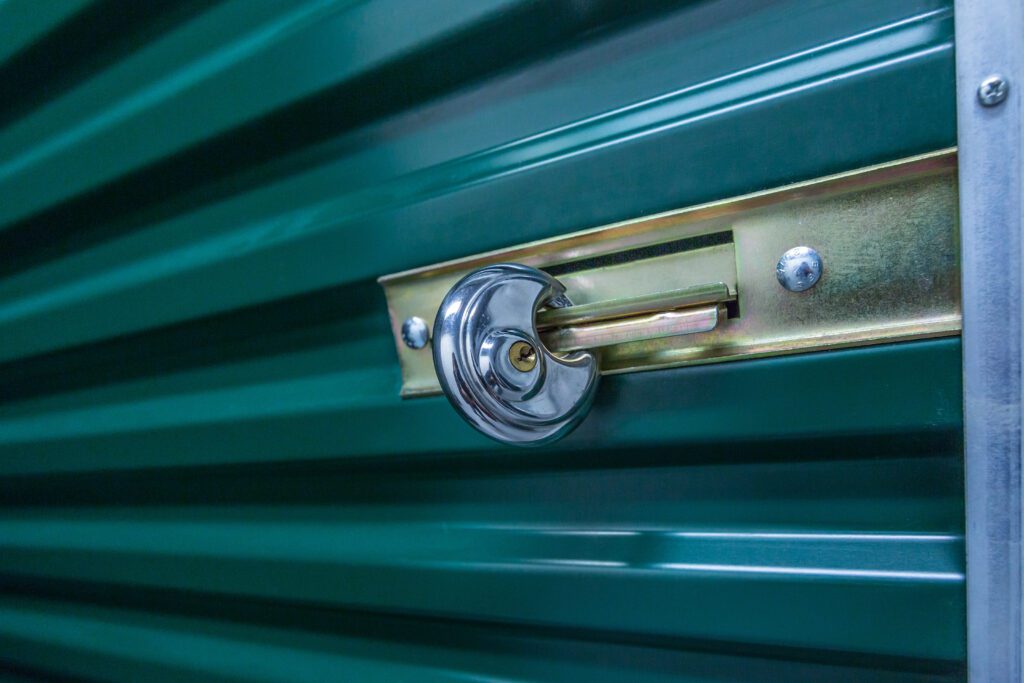Storage units have become an indispensable part of modern living. Whether you’re a homeowner with overflowing closets or a business owner seeking extra inventory space, the promise of off-site storage can be incredibly liberating. You drive to the facility, sign some paperwork, and suddenly, all that clutter is out of sight, out of mind, and, potentially, out of peril.
But what happens when something goes wrong? This comprehensive guide will explore the critical importance of insurance for your self-storage unit and why you should consider it as more than just an afterthought.
Understanding the Risk
It’s a brisk Saturday morning, and you decide it’s time to declutter your life—a commendable decision backed by a flurry of organization and packing. With your possessions securely stored in a nearby self-storage facility, you breathe a sigh of relief and carry on with your life.
Where’s the problem in this scenario? The kicker is many self-storage units require the tenant to have insurance or sign a waiver, putting the onus on you to protect your property. Lack of adequate insurance can be catastrophic in the event of theft, natural disasters, or property damage. The risks may seem far-fetched until they’re not.
Unprotected Pasts and Risky Futures
For historical context, think of the devastating fire that consumed a vast amount of storage units in California in 2017 or the surge of storage auctions popularized by reality TV. These events, though sensationalized, underscore the real-world risks faced by storage unit tenants every day.
Whether from direct loss or as a result of a storage unit break-in, your assets are always at risk. And these risks persist even as storage unit security measures improve. After all, safety frameworks can falter, and sometimes, the culprits are those who know the system best.

Navigating Insurance Options
The choices available for insuring your storage unit can seem as labyrinthine as the aisles of your favorite department store. But fear not, understanding your needs and the various policies available is key to navigating this intricacy successfully.
Homeowners and Renter’s Policies – Your existing homeowner’s or renter’s insurance may cover items in your storage unit. Typically, these policies extend coverage anywhere from 10% to 100% of your personal property limit. However, not all policies cover items in a storage unit, and those that do might limit coverage on certain types of property or under specific circumstances.
Self-Storage Insurance – Many storage facilities also provide insurance options when you rent a unit. This may include an endorsement or rider to your home policy, or a completely separate policy specifically for the contents of your storage unit. Prices and coverage vary, so it’s essential to read the fine print and know exactly what’s covered.
Specialized Items Coverage – For high-value or specialized items like antiques, collectibles, or expensive equipment, you might require additional coverage or a separate policy altogether. Item valuations and insurance appraisals could be necessary steps to ensuring these possessions are fully protected.
The Costs of Being Uncovered
Leaving your storage unit under- or uninsured might seem like a prudent financial decision until you’re faced with an unexpected loss. The financial ramifications of such an event can be significant, potentially outweighing the costs of appropriate insurance several times over.
Cost Analysis – It’s well worth conducting a cost analysis. Calculate the total value of the items you’re storing and compare it to the annual premium of potential insurance policies. In many cases, the amount you’ll pay for adequate coverage is a fraction of what you stand to lose.
Peace of Mind – Beyond the financial implications, the psychological impact of losing treasured possessions can be substantial. Insurance offers more than a financial safety net; it provides peace of mind and helps you move on from an unfortunate event without the added stress of financial strain.
The Fine Print: Understanding Your Policy
Insurance policies are notoriously laden with complex jargon and nuanced language. Failing to understand what your policy covers or the procedures for filing a claim can be a costly oversight.
Exclusions and Limitations – Policies often include exclusions that can be as important as what they do cover. Common exclusions relate to inadequate protection measures or the storage of certain items. Understanding these can help you mitigate risk effectively.
Filing a Claim – The road to recovery is paved with the correct filing of your insurance claim. Be diligent in documenting your possessions, retain receipts, and be prepared to substantiate the value of your items. The more thorough you are, the smoother the claims process will be.
What Should You Do Next?
If you’re not already insured, there are immediate steps to consider. Contact your current insurance provider to understand your existing coverage and if there are options to extend it to your self-storage unit. If this is not feasible, research self-storage insurance options that best fit your needs.
In parallel, evaluate the security of your own unit. Not only is this an essential precaution, but it might also influence the cost and extent of your insurance options. Security cameras, proper lighting, and high-quality locks are just the beginning.


Insuring your storage unit is more than another monthly expense; it’s a strategic decision in risk management and protection of your assets. Educating yourself on the available options and the level of coverage you truly need is paramount to safeguarding your storages and your peace of mind. Do not take the gamble of assuming your belongings are safe without a comprehensive insurance policy. In an unpredictable world, preparation is the ultimate defense. Make the wise choice today, ensuring you’re covered tomorrow, no matter what life may throw your way.

